তার পিএইচডি গবেষণার সময় (ইউনিভার্সিটি অফ নর্থ ক্যারোলাইনা, চ্যাপেল হিল), তিনি এক প্রোটিন (G-প্রোটিন) নিয়ে গবেষণা করেছিলেন, যা সাধারণত স্তন্যপায়ী প্রাণীর ক্ষেত্রে পরিচিত, তবে তিনি এটি উদ্ভিদে নিয়ে কাজ করেছেন। আমরা নিজে পরিবর্তন এনে দেখেছি যে এই প্রোটিন পরিবারের মাধ্যমে ফসলের পরিবেশগত চাপ প্রতিরোধ ক্ষমতা নিয়ন্ত্রিত হয়।বিস্তারিত আলোচনা জানতে তার সাক্ষাৎকারটি পড়ুন।
প্রথমেই আপনার সম্বন্ধে আমরা জানতে চাই?
আমি ওয়াশিংটন ডিসির হাওয়ার্ড ইউনিভার্সিটির জীববিজ্ঞান বিভাগের একজন অধ্যাপক হিসেবে ২০ বছরের বেশি সময় ধরে কাজ করছি।
আপনার গবেষণার বিষয় কি?
আমার পিএইচডি গবেষণার সময় (ইউনিভার্সিটি অফ নর্থ ক্যারোলাইনা, চ্যাপেল হিল), আমি এক প্রোটিন (G-প্রোটিন) নিয়ে গবেষণা করেছিলাম, যা সাধারণত স্তন্যপায়ী প্রাণীর ক্ষেত্রে পরিচিত, তবে আমি এটি উদ্ভিদে নিয়ে কাজ করেছি। আমরা জিনে পরিবর্তন এনে দেখেছি যে এই প্রোটিন পরিবারের মাধ্যমে ফসলের পরিবেশগত চাপ প্রতিরোধ ক্ষমতা নিয়ন্ত্রিত হয়।
হাওয়ার্ড ইউনিভার্সিটিতে আমার গবেষণাগার শুরু করার পর, আমি RACK1 নামের একটি জিন নিয়ে কাজ করেছি, যা G-প্রোটিনের মতো আচরণ করত। আমরা যখন Arabidopsis নামক মডেল উদ্ভিদ থেকে এই জিনটি বাদ দিয়েছিলাম, তখন লক্ষ্য করলাম উদ্ভিদগুলো খরা এবং লবণ সহনশীল হয়ে উঠেছে। এটি দেখে আমি এমন কিছু রাসায়নিক যৌগ (উদ্ভিদের জন্য ওষুধ) তৈরি করার সিদ্ধান্ত নিয়েছি, যা RACK1 প্রোটিনের কার্যকারিতা বাধাগ্রস্ত করতে পারে। এটি একটি GMO উদ্ভিদ তৈরির প্রয়োজনীয়তা এড়িয়ে যেতে সাহায্য করে।
আমরা RACK1 প্রোটিনের ক্রিস্টাল স্ট্রাকচার তৈরি করেছি, যা Cold Spring Harbor Lab-এর Protein Science জার্নালের প্রচ্ছদে প্রকাশিত হয়েছিল। গবেষণার মাধ্যমে আমরা দেখেছি যে এই প্রোটিনের একটি নির্দিষ্ট অ্যামিনো অ্যাসিড (Y248) তার কার্যকারিতার জন্য অত্যন্ত গুরুত্বপূর্ণ। তাই আমরা এমন রাসায়নিক খুঁজেছি যা এই নির্দিষ্ট অংশকে লক্ষ্য করে RACK1 প্রোটিনের কার্যকারিতা বন্ধ করতে পারে। বর্তমানে, এই রাসায়নিক যৌগগুলো বিভিন্ন ফসল এবং ল্যাবরেটরিতে পরীক্ষা করা হচ্ছে, যা GMO উদ্ভিদ ছাড়াই ফসলের বৃদ্ধি ও পরিবেশ সহনশীলতা বাড়াতে সাহায্য করছে।
RACK1 প্রোটিন যেহেতু সকল জীবের মধ্যে সাধারণ (ইস্ট থেকে মানুষের মধ্যেও), আমরা এটি ক্যান্সার কোষের বিস্তার এবং ভাইরাস প্রতিরোধে প্রয়োগ করছি। আমাদের গবেষণাগার থেকে এই বিষয়গুলোর ওপর বেশ কিছু গবেষণা প্রকাশিত ও পেটেন্ট করা হয়েছে।
করোনাভাইরাস মহামারির সময় আমরা দুটি নতুন প্রযুক্তি উদ্ভাবন করেছি, যা ভাইরাস শনাক্তকরণ এবং প্রতিরোধে সাহায্য করবে। এ বিষয়ে দুটি আলাদা পেটেন্ট এবং প্রকাশনা রয়েছে। একটি প্রযুক্তি ভাইরাসের “নেগেটিভ আরএনএ স্ট্র্যান্ড” লক্ষ্য করে ভাইরাস প্রতিরোধের একটি নতুন পদ্ধতি উদ্ভাবন করেছে। আরেকটি প্রযুক্তি CRISPR ব্যবহার করে এমন একটি পরীক্ষা পদ্ধতি তৈরি করেছে, যা দ্রুত বৃদ্ধি পাওয়া ভাইরাস এবং মৃত ভাইরাসকে আলাদা করতে পারে।
আমার সমস্ত প্রকাশনা ও পেটেন্টের বিস্তারিত এখানে পাওয়া যাবে:
আপনার গবেষণার কাজগুলি কিভাবে আমাদের উপকৃত করছে কিংবা করবে?
আমাদের RACK1 ইনহিবিটারগুলো তিনটি খাতে ব্যবহৃত হচ্ছে—লবণাক্ত/খরা প্রতিরোধী ফসল উৎপাদনে, ক্যান্সার কোষের বিস্তার রোধে, এবং মানব-প্রতিশোধক ভাইরাস প্রতিরোধে। অন্যদিকে, করোনাভাইরাস সম্পর্কিত প্রযুক্তিগুলো ভাইরাস প্রতিরোধ এবং শনাক্তকরণে নতুন দিগন্ত উন্মোচন করেছে।
গবেষণা কাজের বিশেষ কোনো অভিজ্ঞতা কি আমাদের সাথে শেয়ার করবেন?
আমি যুক্তরাষ্ট্রে পিএইচডি করতে এসেছিলাম অর্থনীতিতে (IBA থেকে MBA এবং জাপান থেকে MA করার পর)। কিন্তু আমেরিকার শিক্ষাব্যবস্থা আমাকে G-প্রোটিন নিয়ে গবেষণা করার সুযোগ দেয়, যা অর্থনীতি পড়ার সময় আমার আগ্রহের জন্ম দেয়।
একজন বিজ্ঞানীর কি কি গুণ থাকা প্রয়োজন বলে মনে করেন?
আমি উপদেশ দিতে চাই না। প্রত্যেক মানুষই নিজস্বভাবে বিশেষ।
আপনার ইমেইল: [email protected]
আপনার লিংকডইন: https://x.com/biologists1
আপনার ওয়েবসাইট, গবেষণা কাজের লিংক: https://biology.howard.edu/research/laboratories/ullah-laboratory
হেমায়েত উল্লাহকে তার অসাধারণ কাজের জন্য ধন্যবাদ এবং অভিনন্দন জানানো সত্যিই প্রশংসনীয়। তিনি তার গবেষণার মাধ্যমে উদ্ভিদ, ক্যান্সার এবং ভাইরাস গবেষণায় গুরুত্বপূর্ণ অবদান রেখেছেন। তার প্রয়াস এবং উদ্ভাবন যেমন উদ্ভিদের পরিবেশগত চাপ প্রতিরোধ ক্ষমতা বাড়ানোর জন্য, তেমনি করোনা মহামারির সময় নতুন প্রযুক্তি উদ্ভাবনের মাধ্যমে মহামারির মোকাবিলায় অবদান রেখেছে।
হেমায়েত উল্লাহ, আপনার গবেষণার জন্য আপনাকে আন্তরিক অভিনন্দন এবং ভবিষ্যতের সমস্ত প্রচেষ্টায় সফলতা কামনা করছি।
From Cancer to Coronavirus: Hemayet Ullah Story of Scientific Invention!
First, we want to know about you?
Working as Professor, Biology Department, Howard University, Washington DC for more than 20 years.
What is your research topic?
During my Ph.D. studies at the University of North Carolina- Chapel Hill, I studied a widely known mammalian protein (G-protein) in plants. We mutated the gene and found that many environmental stress resistance responses in crop plants are regulated by this protein family. So, when I started my own lab at Howard University, I used a gene named RACK1 which was, at that time, known as similar to the G-protein. When we knocked out (deleted) the gene from the model plant Arabidopsis, surprisingly, the mutated plants became drought/salt stress resistant. So, I decided to develop some small chemical compounds (as a drug for plants) that would be able to inhibit the function of RACK1 protein (like the gene deleted plants). Small chemical inhibitor compounds would circumvent the need for a GMO plant. To do that, we developed the crystal structure of the RACK1 protein and it was published on the cover page of an esteemed journal- Protein Science published by Cold Spring Harbor Lab. Based on my lab’s mutagenesis studies, we knew that a particular residue on this protein is very essential for its function, therefore, we decided to isolate the chemical inhibitors by targeting that residue (amino acid Y248), so that application of the compounds would bind to that residue and inhibit the function of the RACK1 protein. We approached the Georgetown University Cancer Center to screen library of small compound to find small compounds that will be able to fit to our crystal structure’s Y248 pocket. They helped us to find dozens of such binders to the Y248 pocket. Now these compounds are being tested on diverse crops in many different labs/commercial company. This allows us to use the compounds as like fertilizer without making GMO plants (mutating RACK1 gene). Recently we obtained the patent from the USA patent office.
As the RACK1 protein is widely conserved (similar) in ALL organisms (from yeast to human), now we are using the compounds in many human diseases regulated by RACK1 like in Cancer cell migration/metastasis (published/patented) and in the inhibition of pathogenic virus replications (published/patented). All the publications and patents can be seen in these websites:
https://scholar.google.com/scholar?hl=en&as_sdt=0%2C21&q=hemayet+ullah&btnG=
https://patents.google.com/?inventor=Hemayet+Ullah&oq=Hemayet+Ullah
Teaching Coronavirus biology during the pandemic also led my lab to develop two different technologies to aid/mitigate the burden of the pandemic. Two different publications and two separate patents on these technologies have been done. And we are in active discussion with a commercial company for licensing our patents. In short, I proposed early in 2020 (patented the idea!!!) that the coronavirus is a positive RNA virus and it requires a negative RNA strand to complete its life cycle. And during the negative RNA depended life-cycle, it generate a unique tag on its one end of the negative strand which is absolutely needed for their replication but that tag is absent from human RNA. Therefore, targeting that tag would inhibit the virus from replicating and targeting the tag will be virus specific, so host(human) cell will not be affected and virus will not be able escape the inhibition by developing mutation (variant development proof technology). Please see the publication :
https://www.biorxiv.org/content/10.1101/2022.03.04.483076v1
Another good thing about the negative RNA strand of coronavirus is that the virus only produce the negative strand ONLY when it is replicating. So I proposed that detecting the negative strand will be able to tell whether somebody is infected with actively dividing viruses (replicating). Sometimes, current market tests give you false positive from residual/dead/remnant/broken down viruses. There are no tests available to detect the negative strands. So we used CRISPR to develop the test strips that can distinguish rapidly dividing viruses from non-replicating viruses.
https://www.biorxiv.org/content/10.1101/2024.07.18.604218v1
আপনার গবেষণার কাজগুলি কিভাবে আমাদের উপকৃত করছে কিংবা করবে?
Our RACK1 inhibitors are now being used in three different sectors- allowing crops to survive saline/drought conditions, prevent cancer cell migration, and inhibiting human pathogenic viruses. On the other hand, the two coronavirus related technology have far reaching utilities as there many pathogenic viruses replicate using negative RNA strand and all can be targeted using our patented technologies.
Do you have any special research experiences you would like to share with us?
I hate to preach. Every person is unique…..
What is your message for young students in Bangladesh who want to work in science?
What qualities do you think a scientist should have?
It is truly commendable to thank and congratulate Hemayet Ullah for her extraordinary work. She has made significant contributions to plant, cancer and virus research through her research. Her efforts and innovations have contributed to combating the pandemic by developing new technologies, such as increasing the resistance of plants to environmental stress, during the Corona pandemic.
Hemayet Ullah, my sincere congratulations on your research and wish you success in all your future endeavors.





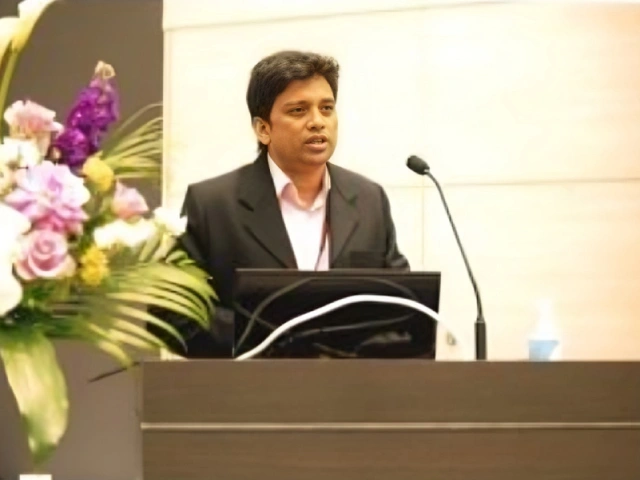



















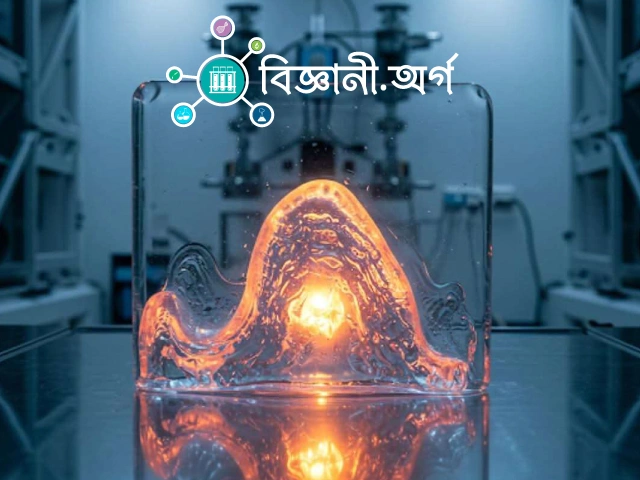
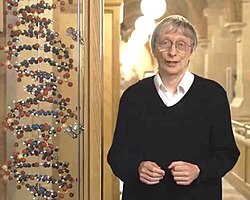



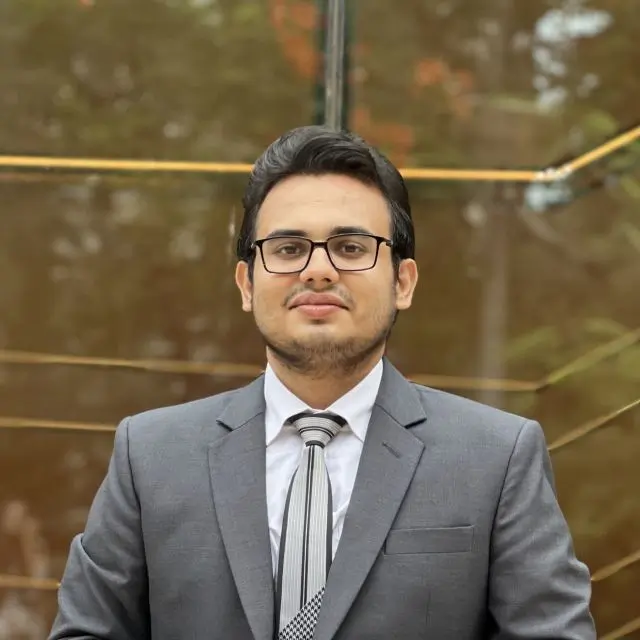


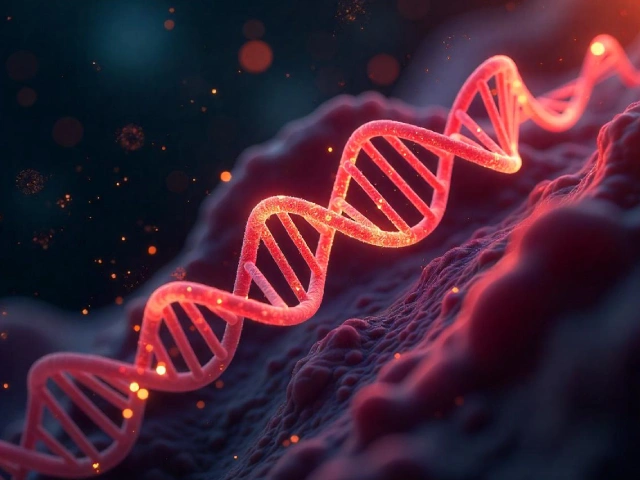


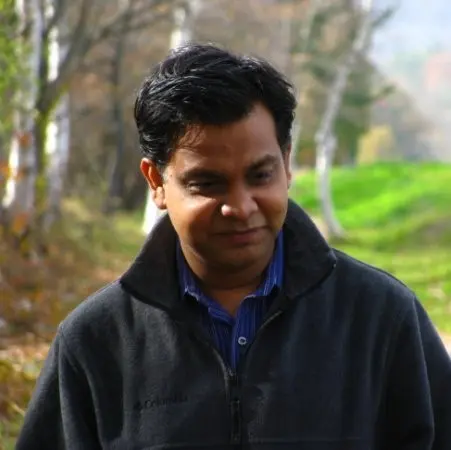






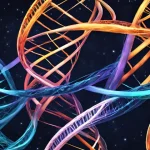

Leave a comment